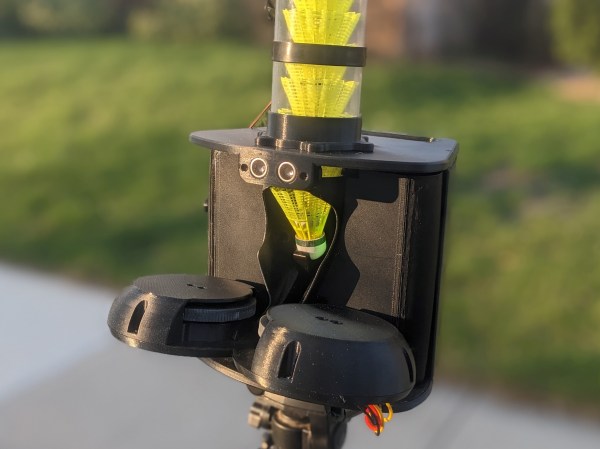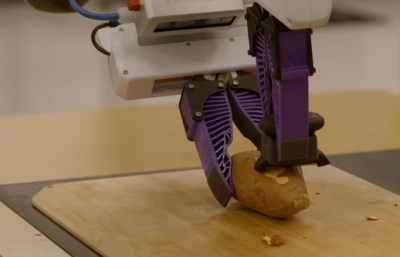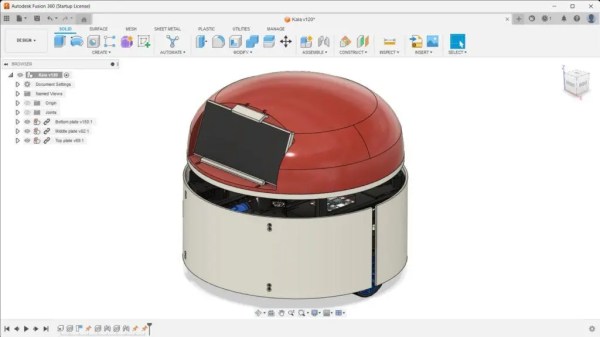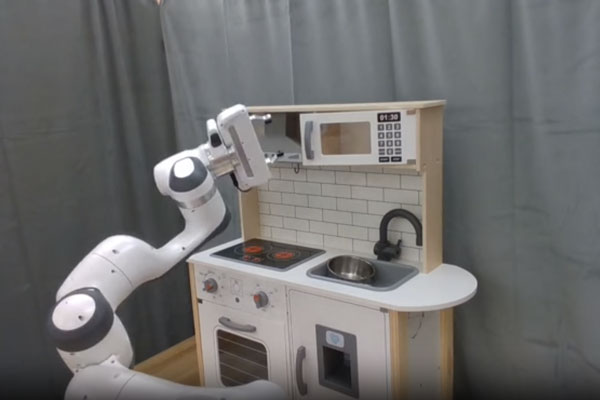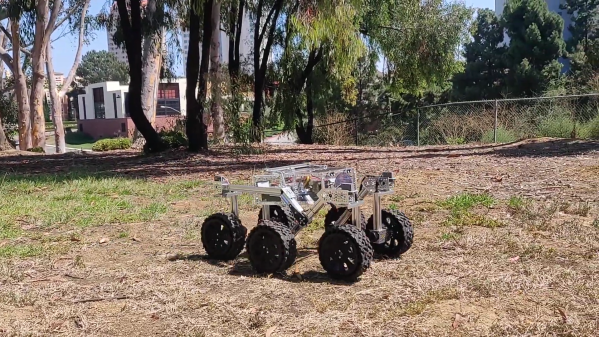If you want to get better at your favorite sport, there’s really no substitute to putting in more training hours. For solo activities like running or cycling that’s simple enough: the only limit to your training time is your own endurance. But if you’re into games that require a partner, their availability is another limiting factor. So what’s a badminton enthusiast like [Peter Sinclair] to do, when they don’t have a club nearby? Build a badminton training robot, of course.
Automatic shuttlecock launchers are available commercially, but [Peter] found them very expensive and difficult to use. So he set himself a target to design a 3D-printable, low-cost, safe machine that would still be of real use in badminton training. After studying an apparently defunct open-source shuttle launcher called Baddy, he came up with the basic design: a vertical shuttle magazine, a loading mechanism to extract one shuttle at a time and position it for launch, and two wheels spinning at high speed to launch the shuttle forward. Video after the break. Continue reading “Hackaday Prize 2023: Automated Shuttle Launcher Enables Solo Badminton Practice”

